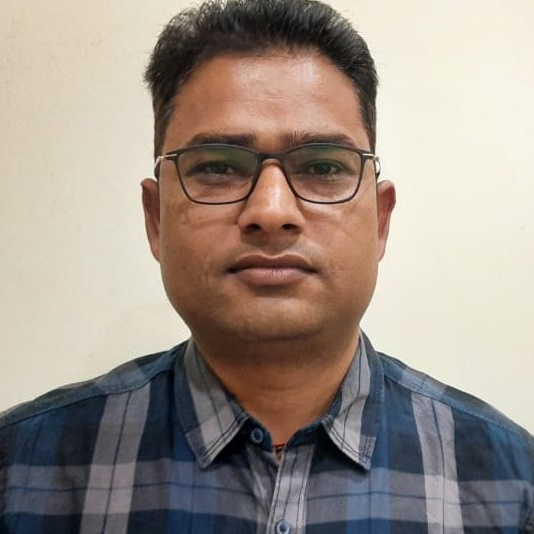
Akhilesh Richhariya
Madhya Pradesh
Akhilesh Richhariya is part of the ASER team in Madhya Pradesh. His responsibilities involve ensuring the smooth implementation of ASER in the state, networking with various stakeholders, and other administrative activities. Their core strengths include survey planning and management, volunteer mobilization, training, and dissemination at various levels. Akhilesh Richhariya has done a Master’s degree in Social Work, Certificate Course in Survey and Research Co-ordinator and Certificate Course in Adult Learning and Training Management from TISS.
